Carl Robichaud: Facing the risk of nuclear war in the 21st century
By EA Global @ 2020-07-15T17:17 (+16)
This is a linkpost to https://www.youtube.com/watch?v=O_xfulydNJg&list=PLwp9xeoX5p8Nje_8jJsmkz5ork-dVk9wK&index=5
Nuclear weapons pose a grave threat to civilization. Public awareness of this threat has faded, but the weapons have not gone away. In fact, recent technological and geopolitical trends make nuclear war more likely than it has been in decades. Carl Robichaud discusses these developments and assesses the options for effective altruists seeking to contribute to nuclear risk reduction.
As Program Officer in International Peace and Security at the Carnegie Corporation of New York, Carl manages a portfolio of grants to strengthen nuclear security. In this capacity, he heads the Corporation’s work on strengthening nuclear governance and investing in the next generation of nuclear experts.
Below is a transcript of Carl’s talk, which we’ve lightly edited for clarity. You can also watch it on YouTube and read it on effectivealtruism.org.
The Talk
Hi, my name's Carl Robichaud. It’s good to join [EA Global] virtually. I'm going to talk about nuclear war in the 21st century — and in the context of effective altruism. I'm a program officer at the Carnegie Corporation of New York, where I do grantmaking on international peace and security issues, and lead our nuclear security grantmaking.
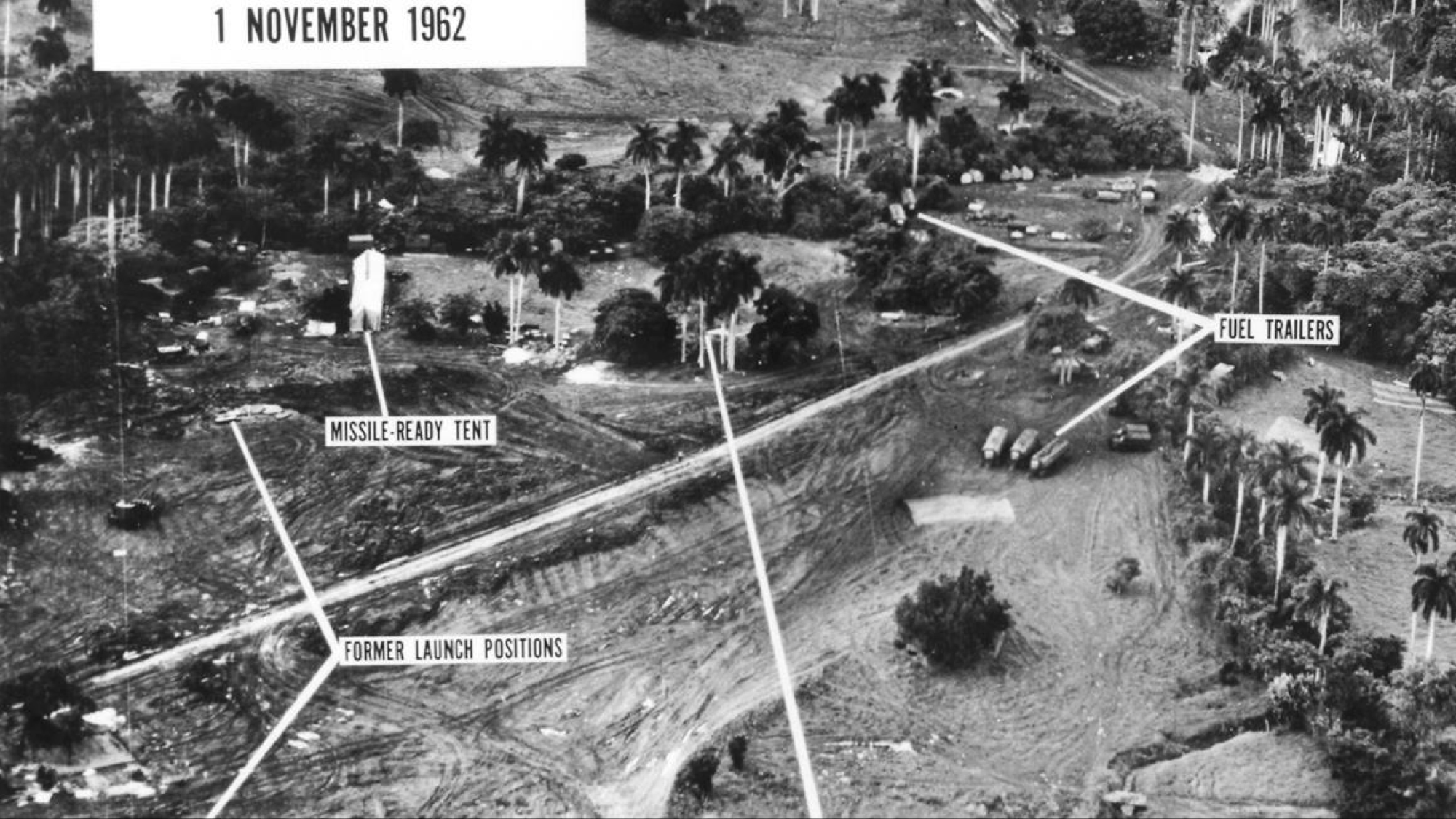
I want to start with the Cuban Missile Crisis. Most of us are familiar with it, though few people know the whole story. In October 1962, US imagery analysts noticed suspicious activity. They concluded that the Soviets were deploying missiles to Cuba. Once in place, these nuclear missiles could hit much of the East Coast, including Washington, DC, in a matter of minutes.
The US was fortunate in a few ways. We detected the missiles in time and we had intel that they weren't yet operational. There was a window to act. 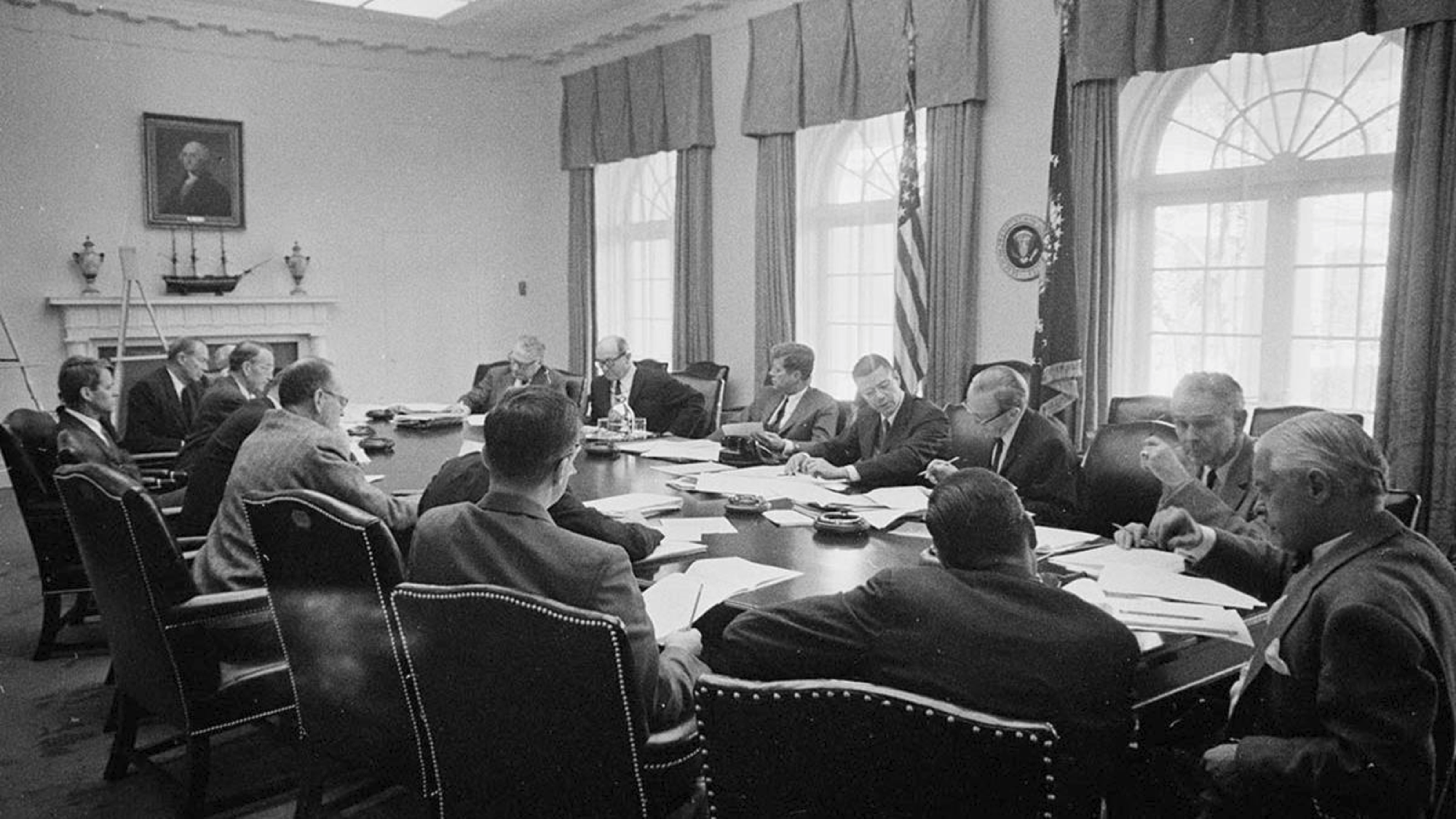
Kennedy gathered his advisors and an executive committee of the National Security Council. They were nearly united in recommending a military response — either a preemptive military strike that would involve bombing the missile sites or a full-scale invasion of Cuba.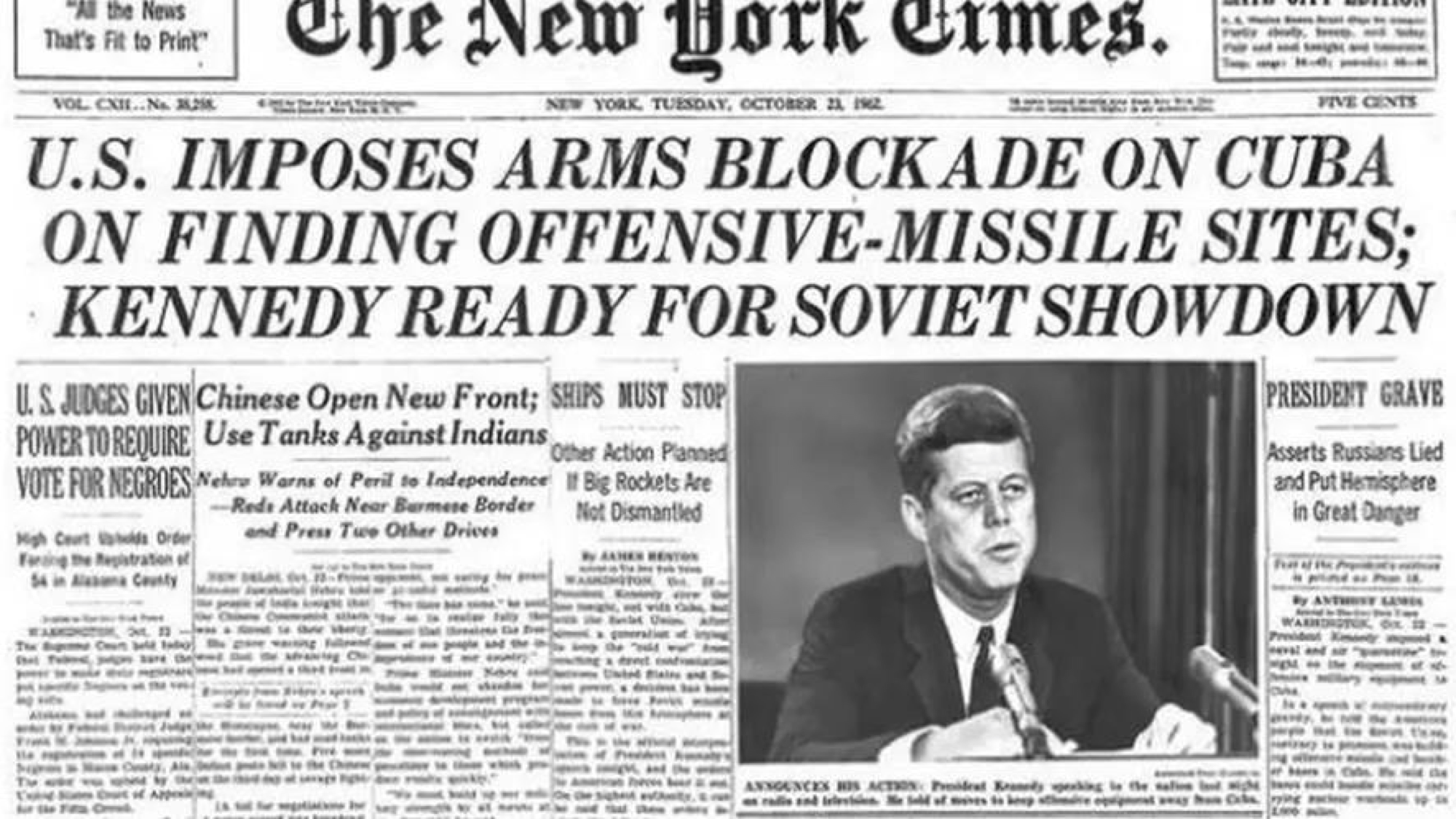
Kennedy, fearing a spiral into nuclear war, didn't take their advice. Instead, he ordered a quarantine and embargo that would prevent further material from arriving on the island. Scholars have written about nuclear deterrence. It's not so much a test of power as it is a test of resolve. For 13 days, each side tested the other’s resolve by stepping closer to the point of no return and signaling that they would not back down. There were tense back-channel exchanges and ambiguous telegrams.
At one point the US suspected a coup in the Kremlin. It wasn't clear who was in charge. And at the height of the crisis, an American U-2 surveillance plane, piloted by Rudolf Anderson, Jr., was shot down. Again, Kennedy's military advisors called for airstrikes against Cuba's air defenses the following morning, but the president correctly suspected that Khrushchev had not authorized the shoot-down, and he continued to push for diplomacy. The world held its breath as Soviet ships approached the embargo line and then turned back. At the moment of truth Khrushchev had blinked; the missiles were removed. And we later learned that the US had struck a secret deal to remove the Jupiter missiles from Turkey, which from the Russian perspective, had precipitated the whole crisis. For 40 years, that's the story we knew.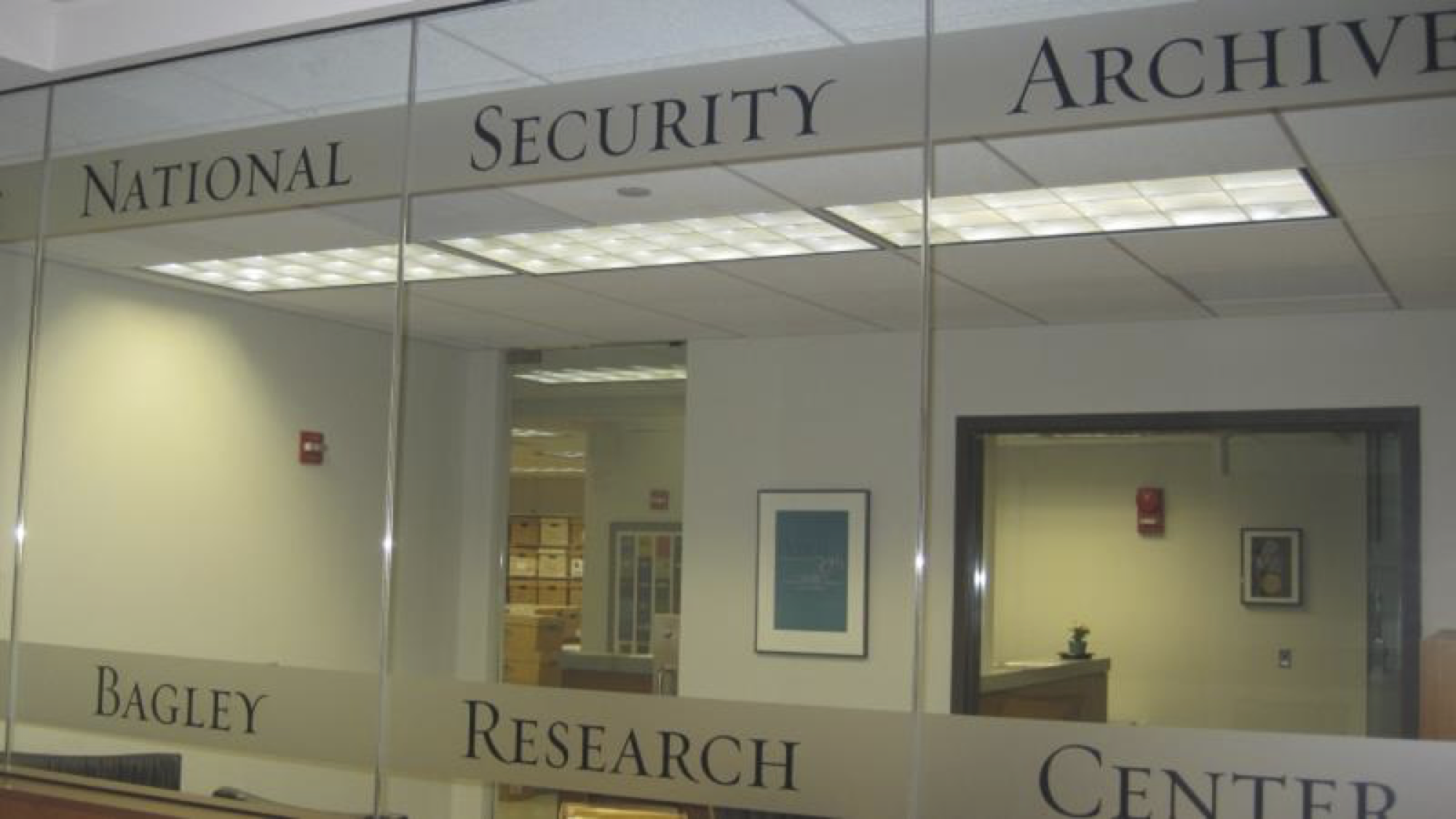
Then the Berlin Wall fell. The Soviet archives opened up and historians scoured newly released documents. One of [the Carnegie Corporation’s] grantees, the National Security Archive Fund, held an oral history workshop to capture firsthand recollections. What we learned was that the crisis was even worse than we had thought. The US’s intelligence was right about the SS-4 medium-range missiles. 
They weren't yet operational, but what we didn't know at the time was that there were already 158 Soviet nuclear warheads of five types in Cuba. Of these weapons, about 90 to 100 were readily available for use. This included a dozen short-range nuclear rockets called Lunas or FROGs [free rockets over ground], as well as 80 warheads for land attack cruise missiles (the FKR-1 Meteor).
These weapons were positioned for use against the US Guantanamo Bay Naval Base and any amphibious force that sought to storm the Cuban beaches. 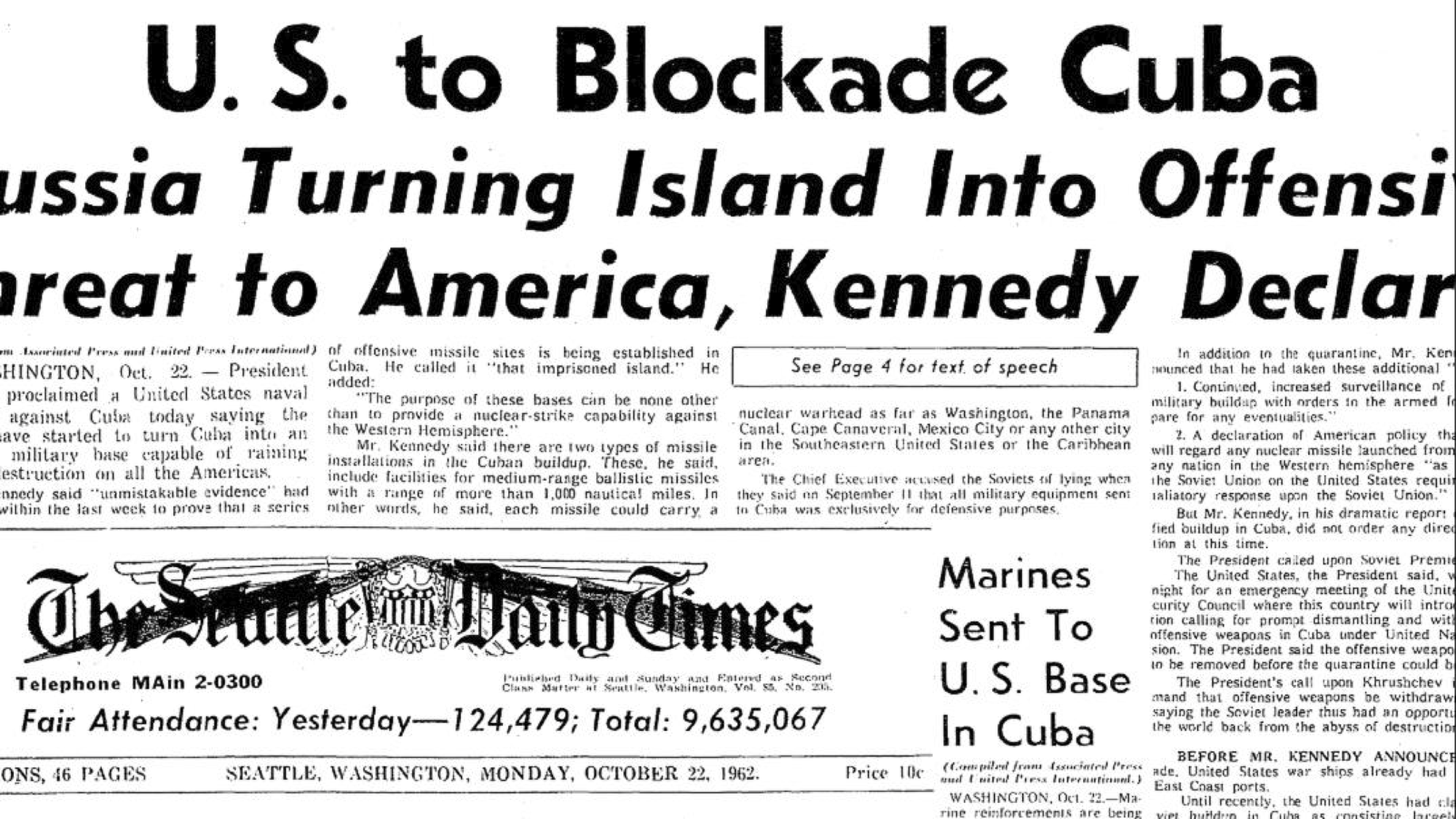
If Kennedy had authorized an invasion of Cuba, as his advisors had recommended, this is what they would have walked into. And once nuclear weapons killed US soldiers, the pressure for a full nuclear response would have been intense.
What about the blockade? The safer course of action that Kennedy took is sometimes described as a case of cooler heads prevailing, but the embargo also created enormous risks that we didn't fully appreciate at the time. 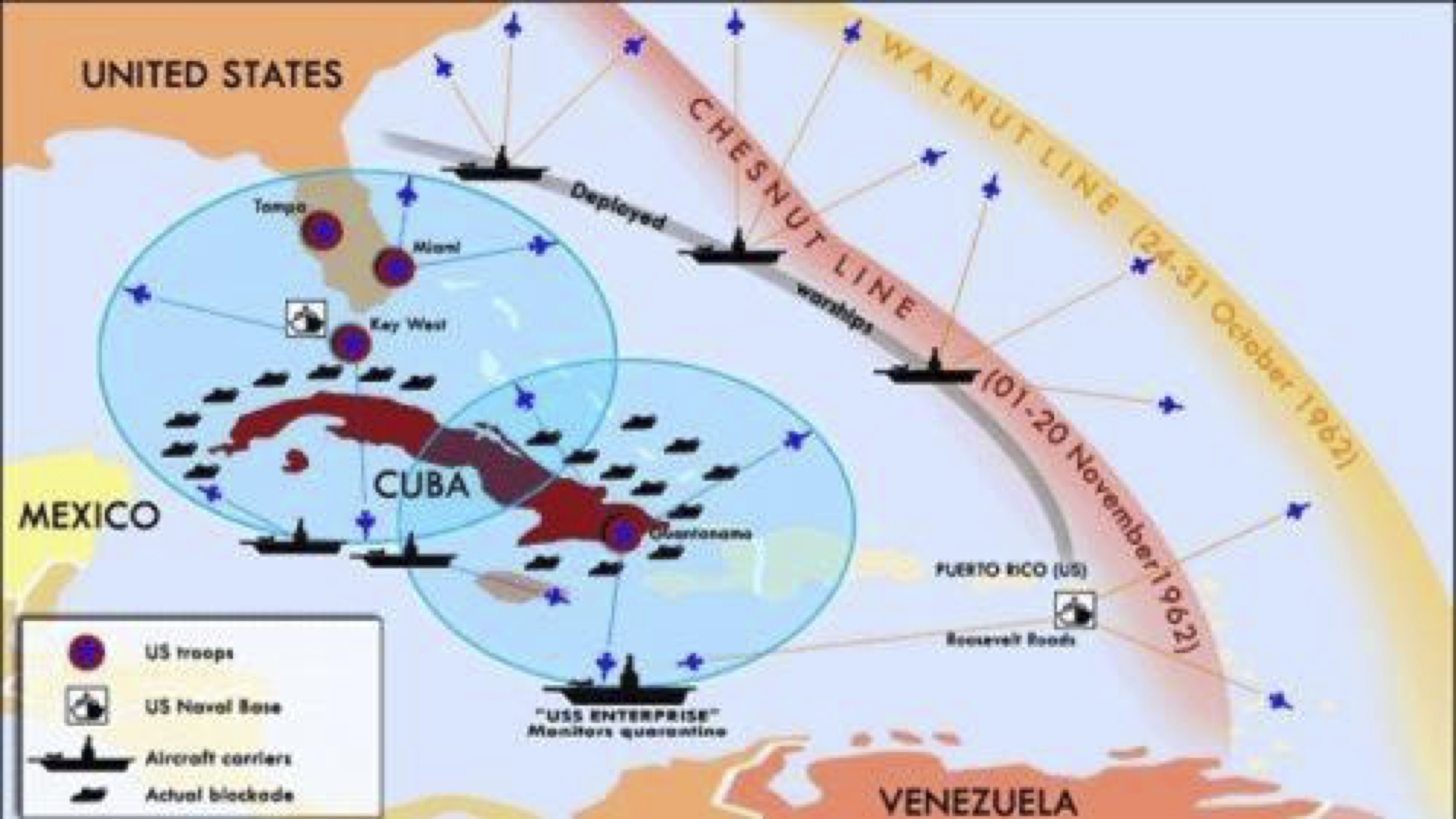
We now know that the Soviet ships running the embargo were accompanied by diesel-powered submarines, each armed with a nuclear-tipped torpedo. As they approached the blockade, a US destroyer started dropping depth charges to force them to surface. These submarines were cut off from surface communication. They had no idea what was happening above them.
The captain of the B-59, Valentin Savitsky, believed a war might already have started. He ordered the use of the nuclear torpedo. Normally submarine orders only require the captain to get authorization from the political officer, who had agreed to launch. However, the commodore of the fleet, Vasily Arkhipov, happened to be aboard the ship, and the captain also had to get his approval. 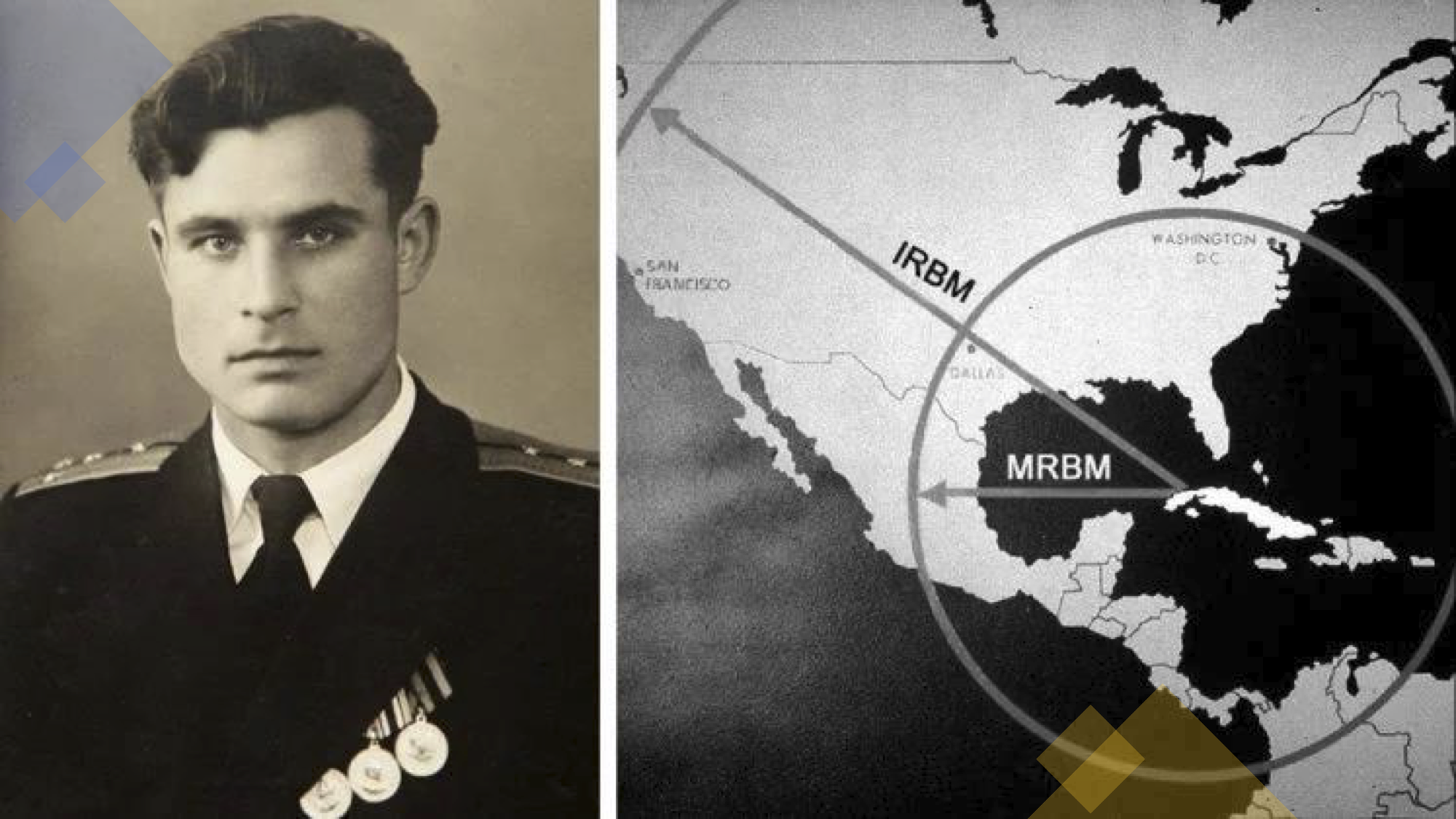
Arkhipov was the only officer against the launch, but he prevailed in averting nuclear war. We owe him a great debt. Arthur Schlesinger, an advisor to Kennedy at the time and a historian, wrote of the Cuban Missile Crisis that this was not only the most dangerous moment in the Cold War; it was the most dangerous moment in human history.
I wanted to revisit the story of the Cuban Missile Crisis because I think it surfaces some hard truths about the way we practice nuclear deterrence, the way we practiced it during the Cold War, and the way we're likely to practice it in the 21st century. There are some difficult facts that we need to come to terms with.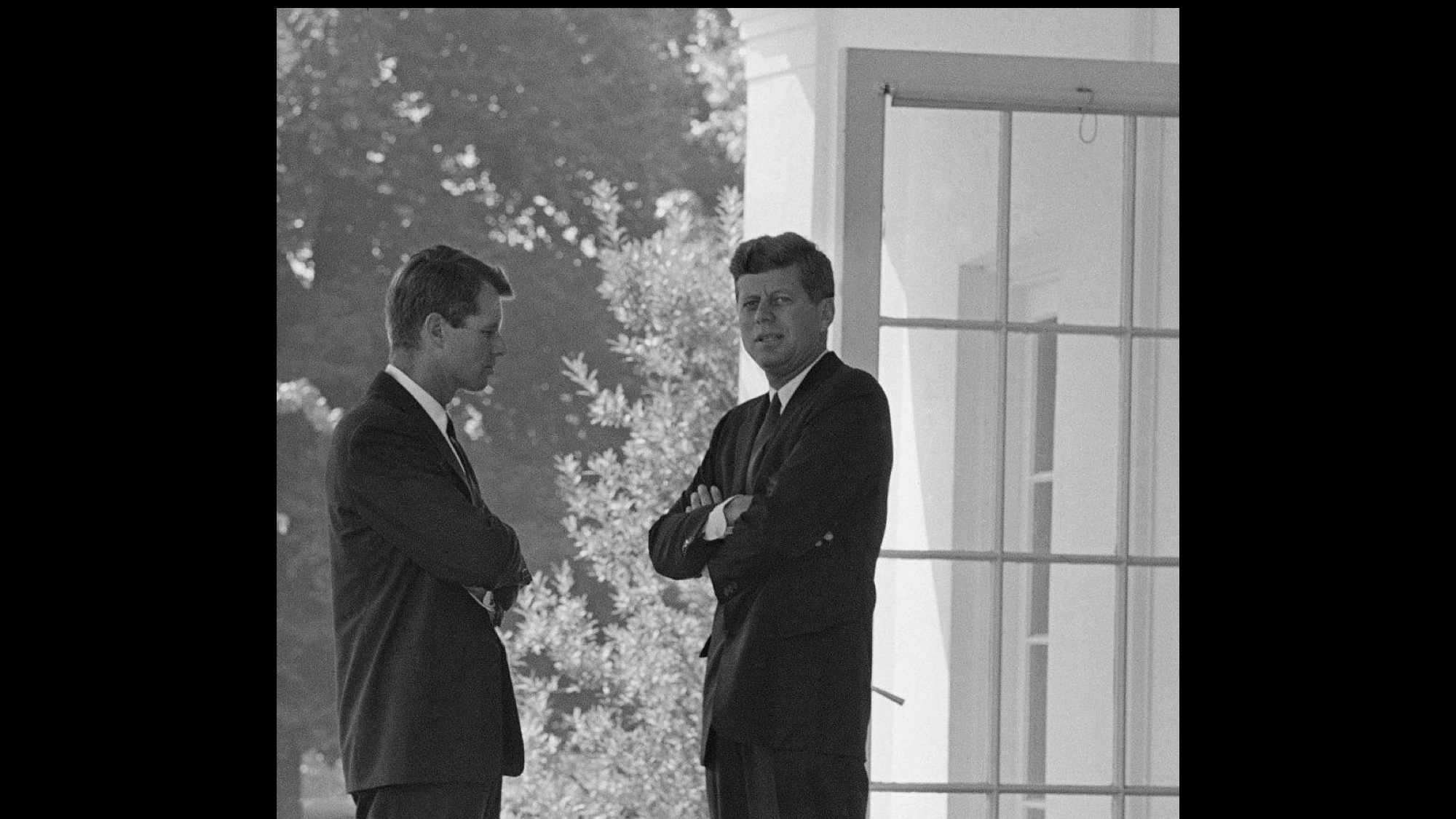
First, in future nuclear crises, leaders will be forced to make high-stakes decisions under intense time pressure. Decades of cognitive research suggest that people under this kind of duress do not perform well.
Second, these decisions will be made with deep uncertainty. Intelligence is inherently unreliable. We thought we knew what the Soviets were doing, but we didn't. The captain of the nuclear armed submarine thought that the war had already started. Since 1962, our ability to gather and communicate information has improved, but so has the capacity to confuse, to spoof, and to obfuscate. The fog of war is inherent in any conflict, but few conflicts have such high stakes.
Third, the fact that nuclear weapons create high-stakes decisions under duress is not a bug in the system; it is the system. Nuclear deterrence, at least the way we practice it, is designed to elevate the level of risk. Your adversary has no choice but to back down. To achieve even fairly modest goals, you must be willing to risk nuclear war. 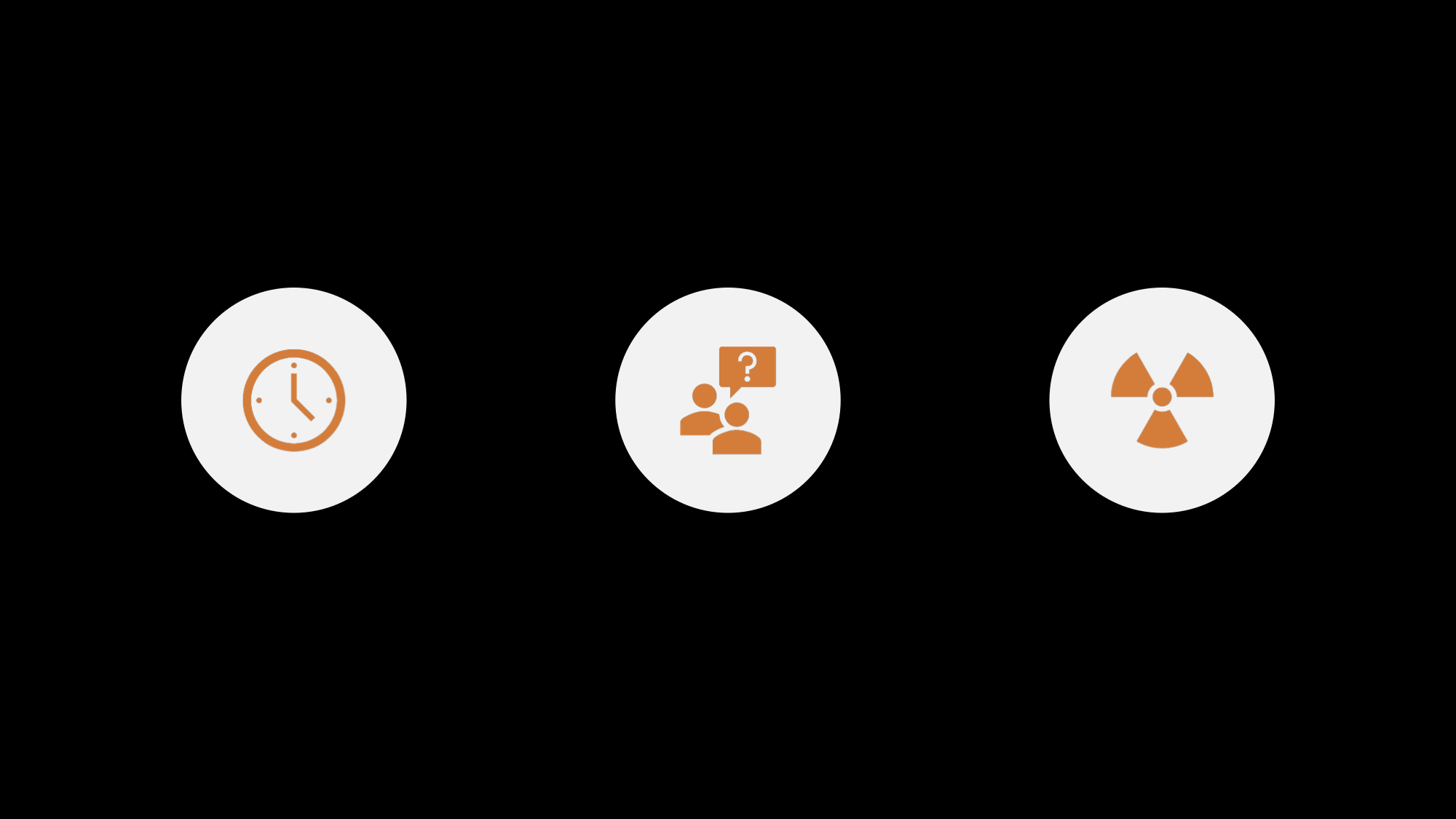
When you look at it this way, so long as nuclear weapons are central to a country's national security, this risk is essentially irreducible. The type of brinkmanship we saw during the Cuban Missile Crisis will play out again and again in future high-stakes conflicts between nuclear-armed adversaries.
Schlesinger and many others believe the Cuban Missile Crisis was the most dangerous moment of the Cold War. It is widely considered the moment when nuclear weapons were closest to being used. But if risk is probability multiplied by consequence, then 1962 probably wasn’t the most dangerous point. The superpowers would continue an arms race that would lead to several orders of magnitude more devastation available at the push of a button. 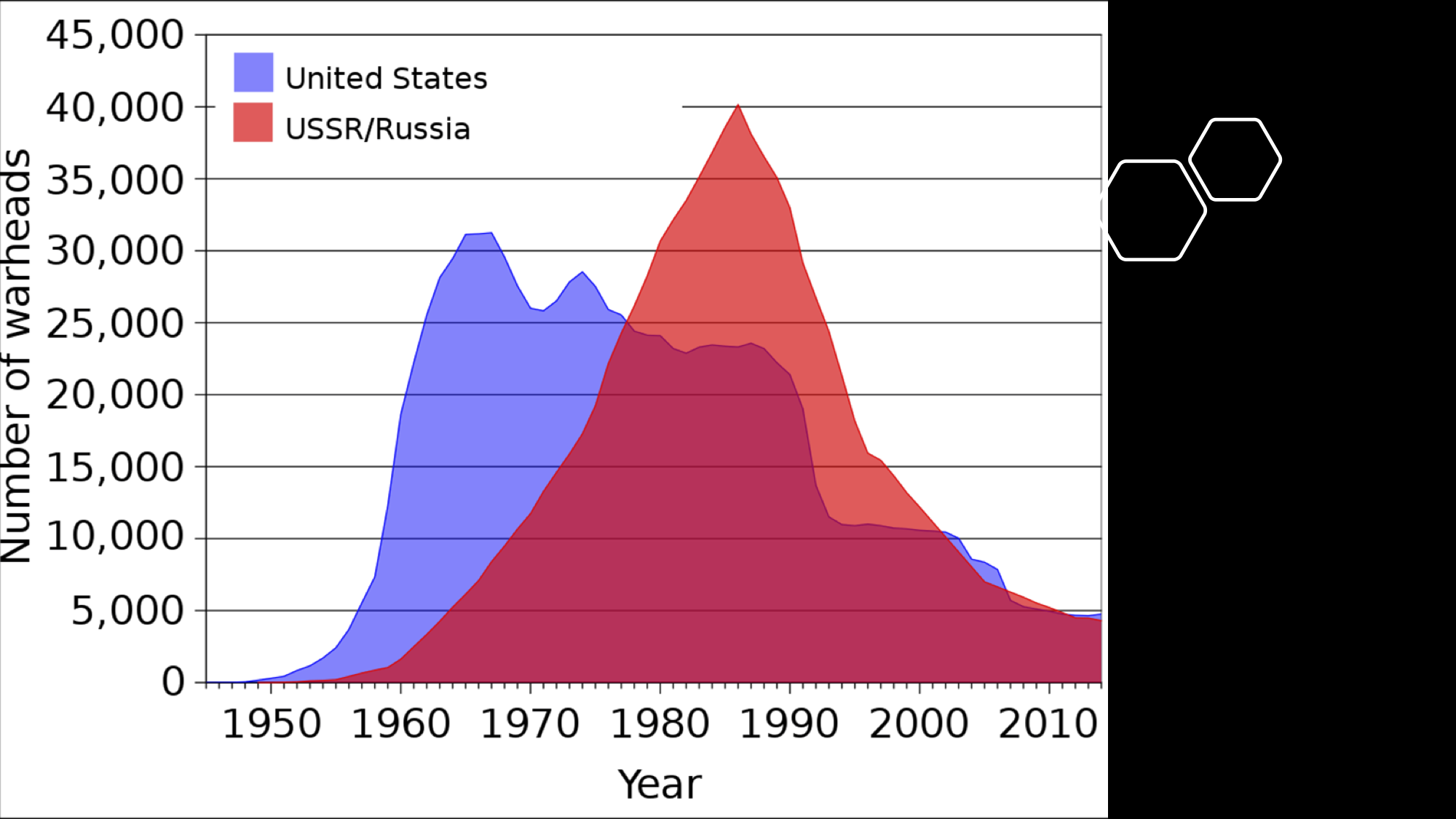
In the years that followed the crisis, the US and Russia continued to stockpile thermonuclear weapons, each 100 times more powerful than the bombs dropped on Hiroshima and Nagasaki. Both sides added long-range ballistic missiles, nuclear-armed cruise missiles capable of striking within 10 to 30 minutes of the launch order.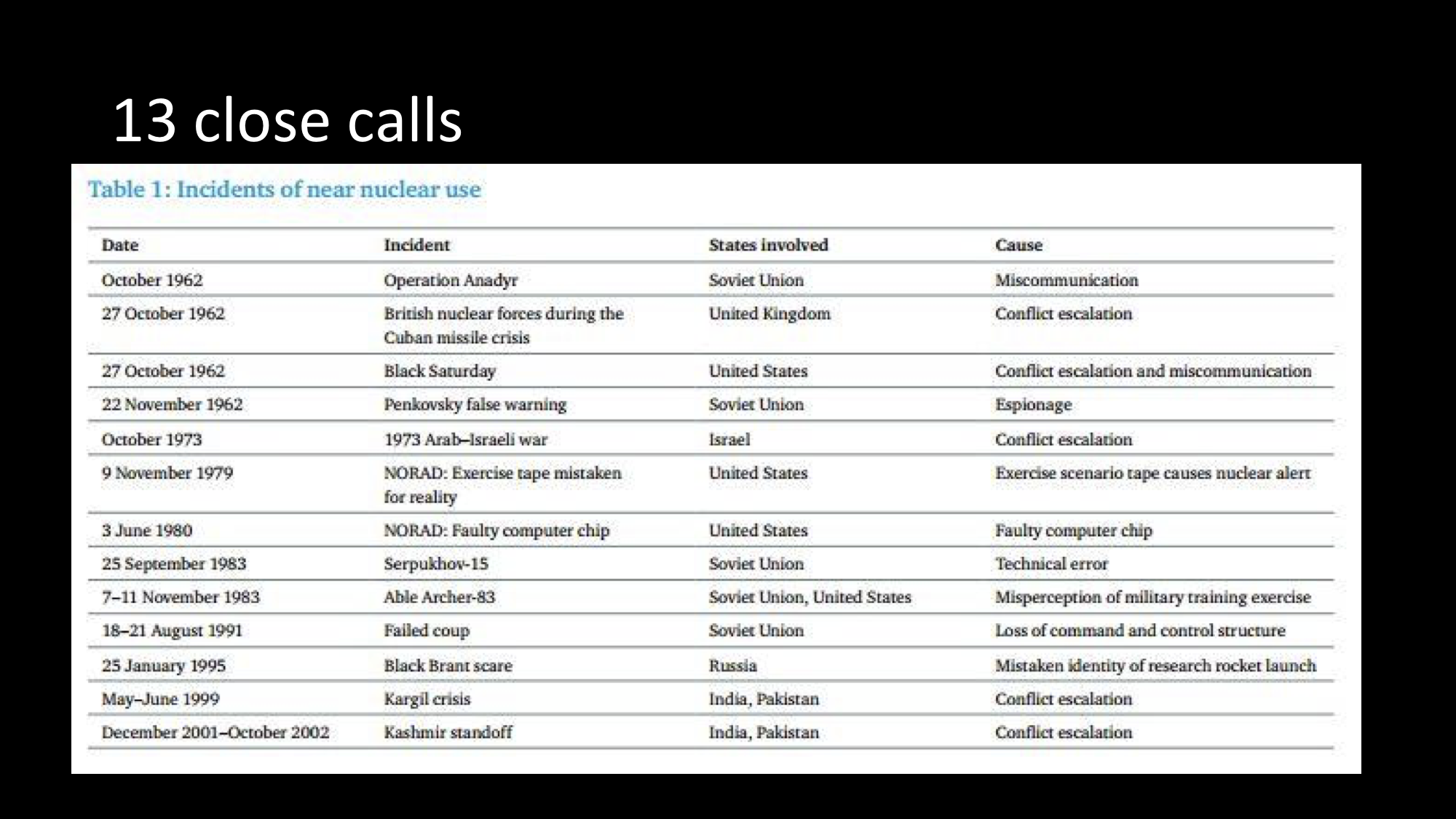
We had a number of close calls. This slide shows only a selection of the most serious close ones, and they're just those we know about. Of course, not all nine of the nuclear-weapon states have a Freedom of Information Act. As you can see, these close calls range from technical failures, to command-and-control failures, to intelligence failures. These weak points will remain into the future, but in the 21st century, deterrence is going to get even more complicated.
The first new complication is cyber. We know that the US, Russia, and China regularly penetrate one another’s supposedly secure networks. This applies to command-and-control systems as well. I don't think we'll ever know the details, but suffice it to say that in a crisis, a national leader will have to proceed on the premise that some key systems might be compromised.
The second new complication results from the digital revolution, which has driven step-change improvements in surveillance, communications, and accuracy. During the Cold War, nuclear arsenals could only be threatened by nuclear weapons. Today, missiles are more accurate and surveillance systems more effective. States with relatively small nuclear forces, like North Korea and China, now fear their nuclear weapons might be vulnerable to a disarming strike by conventional weapons or by a precision nuclear strike. These countries’ worst-case planning has consequences.
A third complication is from artificial intelligence. As AI is increasingly integrated into all aspects of warfighting, it's only a matter of time before it becomes entwined in early-warning and decision-making systems. There may be a temptation to turn over launch authority to an AI system. This would have the benefit, in some people’s view, of binding the hands of leadership and creating a very credible commitment to use nuclear weapons if certain red lines were crossed. Given what we know about the reliability and explainability of AI systems, not to mention potential vulnerabilities to adversarial action, this is a terrifying prospect.
The bottom line is that relying on nuclear deterrence has always been extremely risky, and future technological developments are likely to increase rather than decrease these risks. Nuclear systems are designed to respond promptly and to always fire when authorization comes. This inherently compresses decision-making time. Even today, when the US has a secure second-strike deterrent and a well developed command-and-control system, we would be lucky if the US president had 18 minutes to decide whether or not to use nuclear weapons after a launch was first detected.
These are complex systems that involve human judgment in the interaction of multiple technological systems under time pressure. And one thing we know about these sorts of systems is that, given enough time, they're destined to fail. By skill or by luck we avoided nuclear war during the Cold War, and the issue went away as a matter of public concern. But the weapons didn't go away. Today, 15,000 strategic nuclear weapons still exist. Ninety-five percent of them are in the hands of the US and Russia. In the last remaining treaty limiting their numbers, New START, is due to expire in January 2021.
The number of deployed warheads has dropped dramatically after the Cold War, but that's misleading. There's no causal relationship between the number of deployed nuclear weapons and the probability of a nuclear war. If you really want to assess the likelihood that nuclear weapons will be used, you need to look at doctrine and war plans. How would these weapons be used in a conflict? What guardrails are in place to prevent accidental or unauthorized use? How good is our intelligence, our command and control, our communications? The unfortunate reality is that the US and Russia continue to rely heavily on nuclear weapons, which they see as essential to preventing war and to retaining their primacy.
Relying on nuclear deterrence has always been risky, but it's getting riskier because of increased geopolitical tensions and rapid technological change. I first learned about these risks at Wesleyan University, where I happened to take a course with Jonathan Schell, who is an extraordinary teacher and writer. Nuclear issues seem to me incredibly important and surprisingly neglected by my peers and by the broader political conversation. Since then, I’ve devoted my professional life to reducing nuclear risks. For the past 12 years, I've been a program officer at the Carnegie Corporation of New York, where I lead our nuclear security grantmaking.
When people learn that I work on nuclear weapons, they often ask, “How can you sleep at night?” Some assume that I'm a pessimist. I work on nuclear weapons because I'm an optimist. I've seen the extraordinary progress of the past 50 years in health, human rights, connectivity, and the digital revolution that has allowed us to solve seemingly impossible problems like unlocking the human genome. If human history were a book 500 pages long, you wouldn't get to the Industrial Revolution until page 499. Antibiotics arrive on page 500, and the internet and the digital revolution arrive in the last paragraph. Our capacity to solve problems and lead fulfilling lives is greater than ever before. And I can't wait to read the next chapter. But unless we manage nuclear weapons, we won't have the next chapter — or at least a chapter any of us would want to read.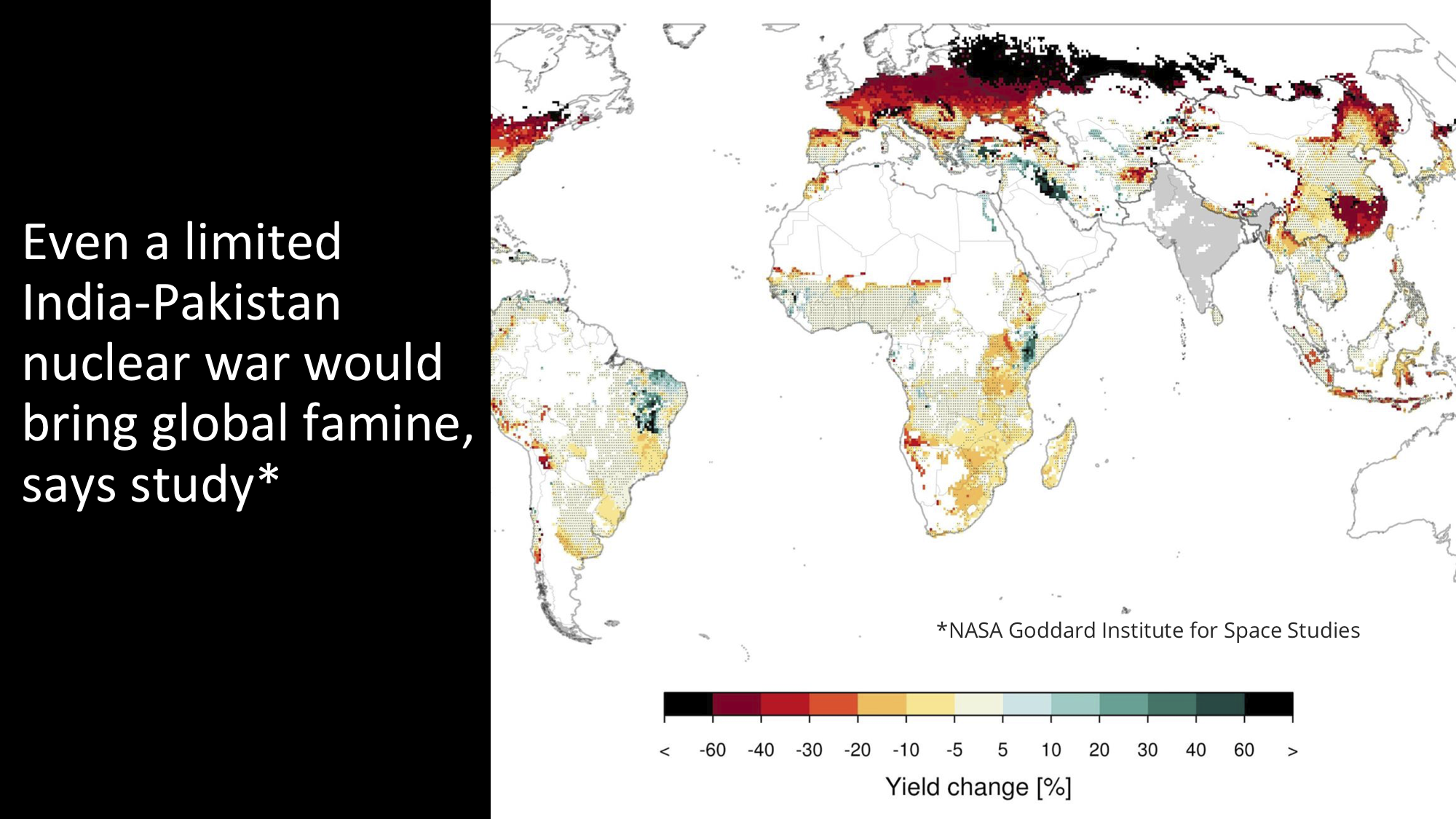
Whether nuclear weapons pose an existential risk or just a catastrophic risk is an important question. It's one that's worth discussing and examining. But for me, nuclear war is bad enough that even if it doesn't lead to full extinction, it would still cause an unprecedented level of death and suffering. We certainly face a lot of challenges from climate change, pandemics, inequality, and animal suffering, but I'm optimistic that we can solve these problems if we can just buy ourselves some more time. On page 500 of the human story, nuclear weapons arrived. They're the first technology that might allow humans the ability to extinguish ourselves. They won't be the last, but it's worth noting that all of the close calls and near misses have come in a very brief time frame.
In my view, from an effective altruism perspective, I think there's a good case to be made that reducing the risk of nuclear war is an attractive cause. First, nuclear weapons are largely neglected by philanthropy. All philanthropic investments on nuclear weapons issues worldwide total less than $50 million per year. Think about that. Jeff Bezos just announced he was giving $10 billion to climate change, which is already a relatively well-funded cause. If you're looking to invest your time, your energy, your money, and your talent into a neglected cause, I think you could do worse than nuclear weapons.
Of course, governments spend a lot on nuclear weapons, but only a tiny fraction of that money and effort is spent to reduce the risk of nuclear war. The lion's share is spent on the weapons themselves or on the systems that enable them. The US will spend well over a $1 trillion in the coming decades to rebuild the full nuclear triad. So will other nuclear-armed states. Some argue that this is, in fact, an investment to prevent nuclear war, since deterrents must be credible to be effective. Others say that argument is circular; without nuclear weapons, there is no risk of nuclear war.
Governments also spend quite a bit on preventing the spread of nuclear weapons, which does reduce some risks of nuclear war, but doesn't really address the central problem. They also spend money on preventing nuclear terrorism. I'm happy to discuss why I see these as valid investments at some point, but the money spent to prevent nuclear war is a very small number indeed.
Second, the threat of nuclear weapons is here. It's not hypothetical. It's not speculative. Policymakers understand that nuclear weapons are significant. They might not understand how significant they are, how risky the status quo is, or how to reduce those risks. And in some ways the problem is not what we don't know. It's that what we know is wrong. That said, policymakers do understand this is a threat, and it's harder to make the case for some of the other issues that concern me — like climate change, advanced artificial intelligence, or biotechnology. With nuclear weapons, the threat is already here. These are tangible devices. They were made by humans, and they can be unmade by us as well.
Third, when it comes to nuclear policy, a relatively small number of decision makers hold the keys. If you can change the views of a few dozen people in key positions, you can have an outsized impact. In the US, this would be the president, the secretary of defense, a few key members of the National Security Council and the joint chiefs, and a few members of Congress on the relevant committees. In fact, there's a lot that the president alone could do, such as adopting a “no first use %20refers,an%20adversary%20using%20nuclear%20weapons.&text=In%201993%2C%20Russia%20dropped%20a,in%201982%20by%20Leonid%20Brezhnev.)” policy. It would have a tremendously salutary effect. In some countries, the set of key decision makers is even smaller. This makes nuclear risk different from the diffuse collective action problems in which no one's really in charge.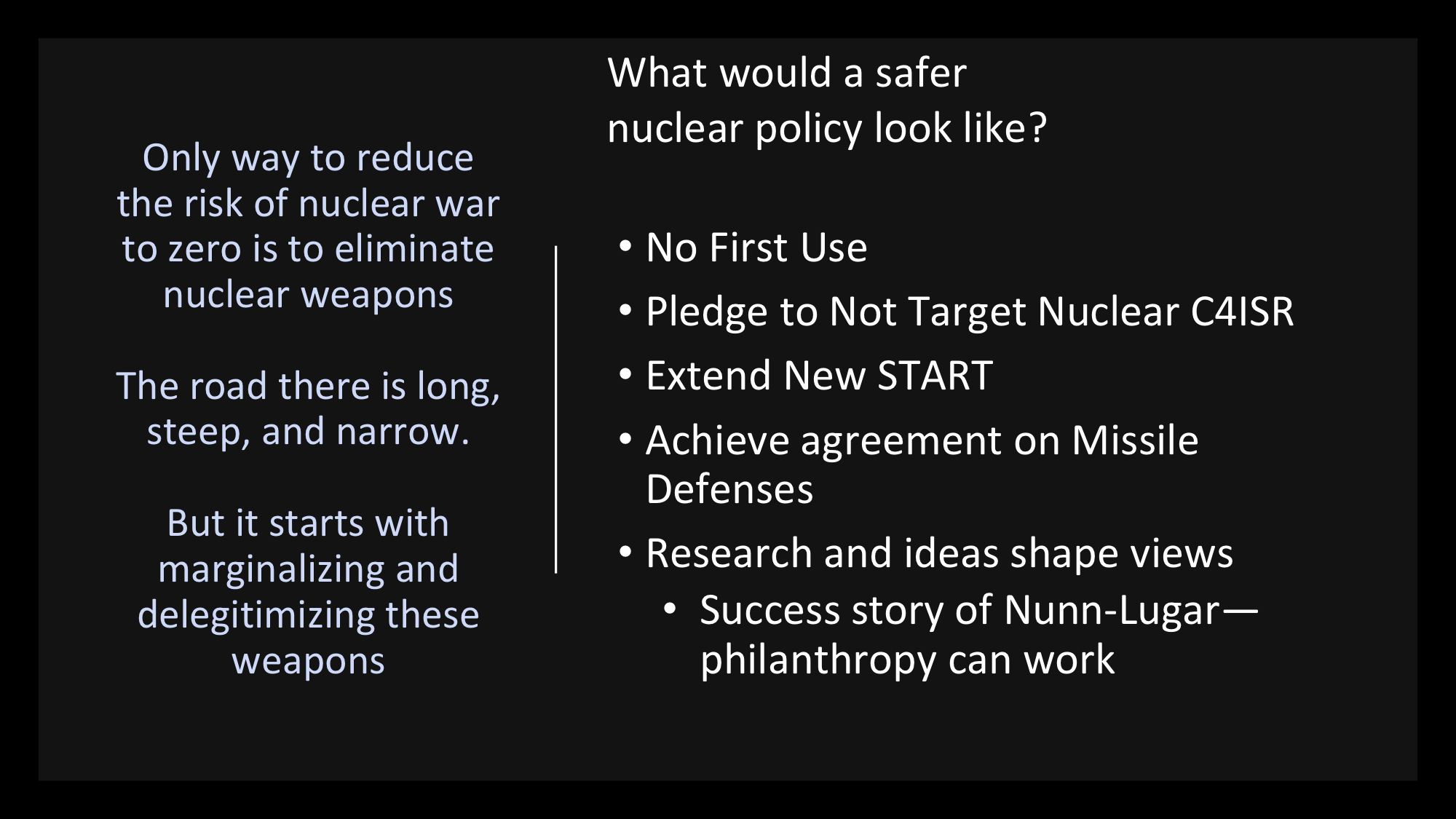
Together, I think these factors make nuclear weapons an attractive cause for philanthropic action: nuclear war's high consequence, the fact that the issue is tangible and neglected, and the small number of decision makers who could have an outsized impact.
Of course, I'm a little biased and I want to approach this issue with intellectual modesty. My assumptions could be wrong. For one thing, I may be overestimating the tractability of the issue. After all, President Obama came to office arguing we should take a variety of sensible nuclear steps, and he was largely frustrated by the bureaucracy. And of course, this is not just a US problem. Russia, China, North Korea, Israel, Pakistan, Israel, India, the UK, and France all get a vote. Nuclear weapons are so enmeshed in [these nations’] sense of security and national identity that it is hard to make changes. And of course, there's no constituency pushing for nuclear reforms.
That said, there are a number of practical steps to reduce nuclear risk that are not at all radical. Some of [the Carnegie Corporation’s] grantees have developed excellent detailed proposals that would make us safer. When circumstances change, these could easily be implemented. They include things like “no first use,” a joint pledge not to target command and control via cyber attack, and simply extending the New START treaty, which the US and Russian presidents could do today with the stroke of a pen.
Ultimately, the only way to reduce the risk of nuclear war to zero is to eliminate nuclear weapons. The road there is long, steep, and narrow, but it starts with marginalizing and delegitimizing these weapons. I believe that philanthropy on nuclear issues can work because I've seen it work. The Nunn-Lugar Cooperative Threat Reduction program is one example. This program limited the spread of nuclear and biological materials after the fall of the Soviet Union. It was a remarkable initiative that made us safer, and dollar for dollar, was among the best investments in national security [of all time]. It probably never would have happened without the initial studies and pilot projects that were sponsored by foundations, including the Carnegie Corporation of New York.
Finally, for those people who are early in their careers, I would encourage you to consider the nuclear security space. It's a less crowded space than some of the alternatives where you can have a really high impact early in your career. You can build a lot of career capital, and it's an intellectually rich and meaningful opportunity. And if anyone's interested in that, I'd be happy to discuss it with you.